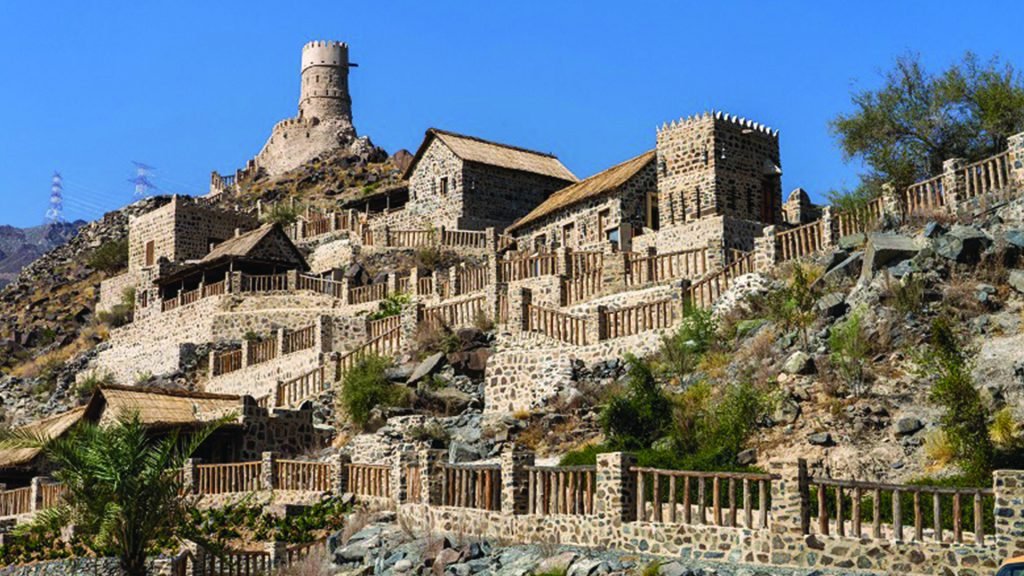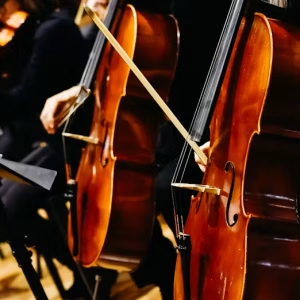Sharjah, known as the cultural capital of the UAE, is embarking on a major project to restore its historic heritage districts. The emirate is investing heavily in preserving its architectural treasures while promoting cultural tourism. This initiative aims to offer visitors a unique journey through time while contributing to the local economy.
Why Sharjah’s Heritage Matters
Sharjah has long been celebrated for its dedication to culture, history, and the arts. Unlike its neighboring emirates, which focus more on modern skyscrapers and luxury developments, Sharjah has remained deeply connected to its roots. The ongoing renovations aim to celebrate this legacy, ensuring future generations can enjoy and learn from the city’s rich past.
The heritage district includes landmarks like the Al Hisn Fort, Souq Al Arsah, and Al Eslah School. These sites, along with the traditional coral stone and gypsum buildings, tell the story of the emirate’s trading history and Bedouin culture. Through careful restoration, Sharjah is preserving its authentic charm.


Additionally, the emirate’s rich maritime heritage will be highlighted through interactive experiences and guided tours. Visitors will have the opportunity to explore old dhows, understand traditional pearl diving techniques, and learn about the city’s role as a key trading hub along the Arabian Gulf.
Transforming History into a Tourist Attraction
Cultural tourism is at the heart of Sharjah’s heritage revitalization. The government aims to attract tourists seeking an immersive cultural experience. Visitors can stroll through winding alleys, explore traditional souqs, and witness artisans practicing ancient crafts.
Events such as the Sharjah Heritage Days and the Sharjah Light Festival further bring these districts to life. Additionally, interactive museums and cultural centers are being introduced to enhance the visitor experience. These spaces will showcase historical artifacts, multimedia presentations, and guided tours.
The investment in cultural tourism is expected to significantly boost visitor numbers. New hospitality options, including boutique hotels and traditional guesthouses, are being developed within the heritage districts. Dining experiences will also emphasize traditional Emirati cuisine, offering visitors a complete cultural immersion.
Sustainability and Restoration
Sharjah’s approach to restoration prioritizes sustainability. Local materials are sourced to maintain architectural authenticity. Skilled artisans, trained in traditional building methods, are employed to preserve the historical integrity of structures. Moreover, sustainable energy solutions are incorporated to reduce the environmental impact of the renovations.

By using solar power and energy-efficient lighting, the emirate ensures that the past and present can coexist harmoniously. This commitment to eco-friendly practices enhances Sharjah’s reputation as a responsible cultural destination.
The emirate is also focusing on water conservation, utilizing traditional irrigation methods and modern sustainable techniques to maintain the greenery within the heritage districts. Native plants that require minimal water are being incorporated into the landscape design, promoting ecological balance.
Boosting the Economy and Creating Jobs
The heritage district renovations are not only about preserving the past but also about driving economic growth. Cultural tourism creates employment opportunities in hospitality, tourism services, and heritage management. Local businesses, including traditional craftsmen, artisans, and food vendors, are set to benefit from increased footfall in these revitalized areas.
Furthermore, Sharjah’s investment in cultural tourism aligns with its long-term vision to diversify its economy. By becoming a global cultural tourism hub, the emirate is reducing its reliance on oil revenues.
Investment opportunities are also emerging as local entrepreneurs are encouraged to participate in the development. From opening authentic handicraft stores to establishing traditional dining experiences, the restoration of the heritage districts is fostering a vibrant, locally driven economy.
Community Involvement
One of the key aspects of the project is community participation. Residents are encouraged to share their knowledge, memories, and stories about Sharjah’s past. These personal narratives are incorporated into museum exhibits and cultural programs, making the experience more authentic and meaningful for visitors.
Local artists and craftsmen also play an essential role in the restoration. Their contributions ensure that traditional techniques are passed down to future generations.
Additionally, educational programs will be launched, offering workshops and hands-on experiences for students to learn about the emirate’s cultural heritage. Schools and universities will collaborate with heritage institutions to promote cultural understanding and appreciation among the youth.
A Glimpse into the Future
With its heritage districts restored, Sharjah is set to welcome tourists from around the world. Visitors will experience the emirate’s unique blend of old and new, discovering stories etched in its walls and alleyways. The heritage revitalization initiative serves as a model for cultural preservation and sustainable tourism in the region.
In the years to come, Sharjah’s commitment to its cultural identity will continue to shine, reminding the world of the importance of safeguarding history while embracing progress.
Also read: Discover Fujairah’s Hidden Gem: Luxury Mountain Villas for Your Next Escape












